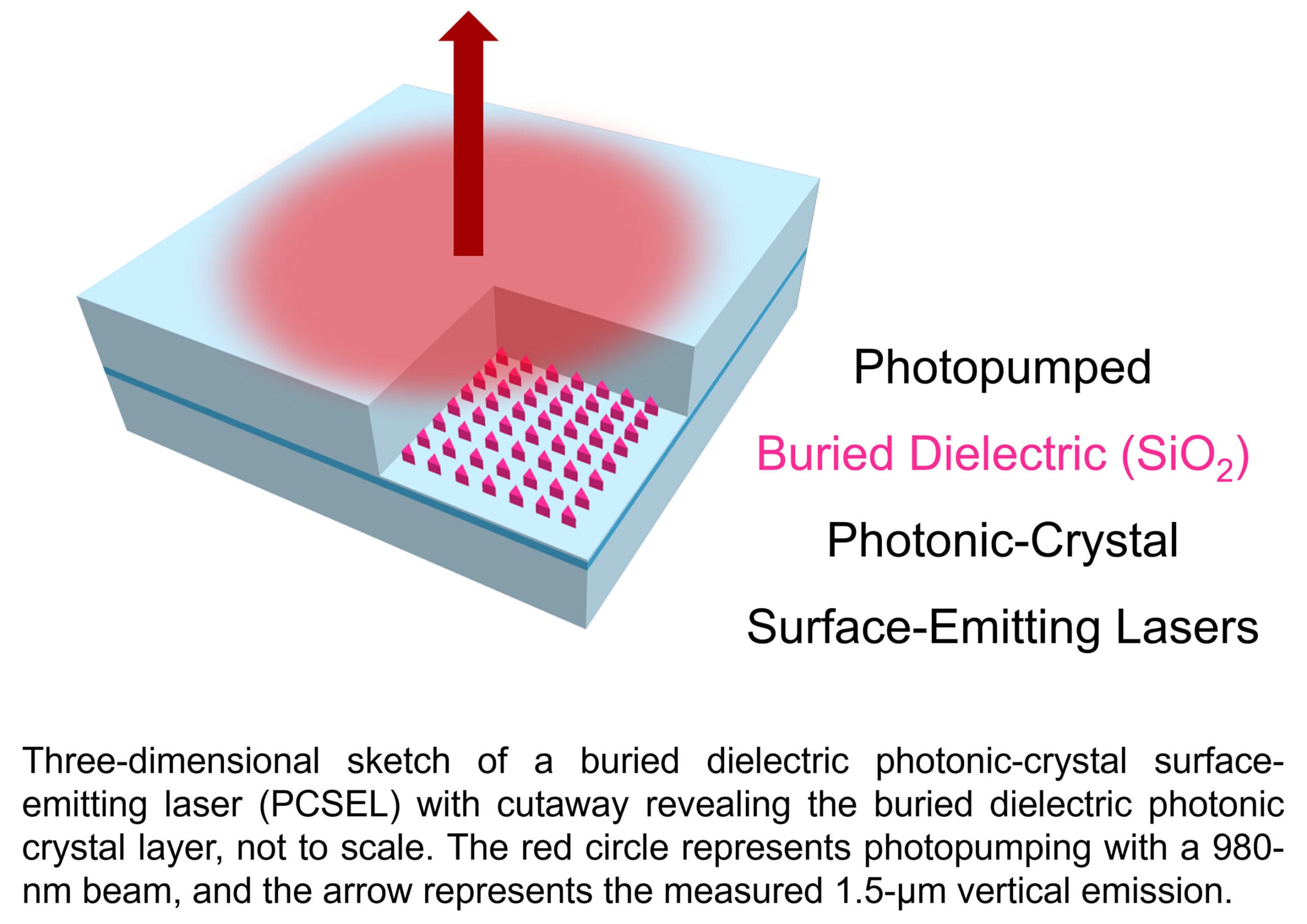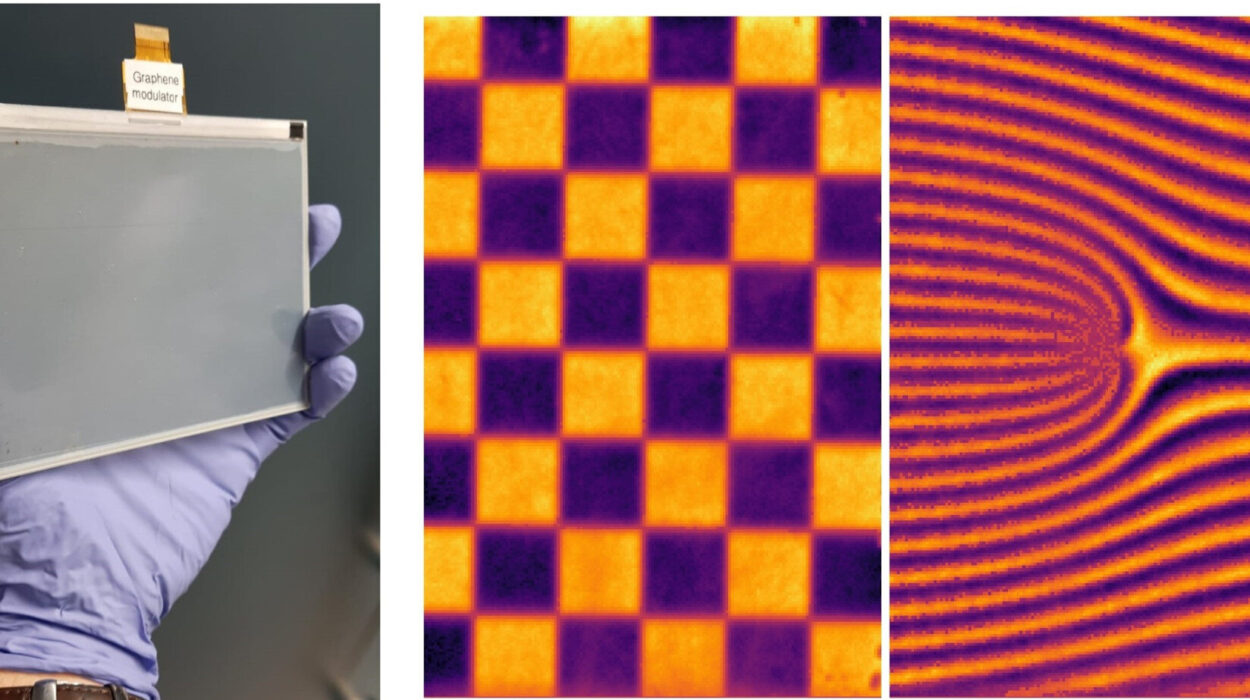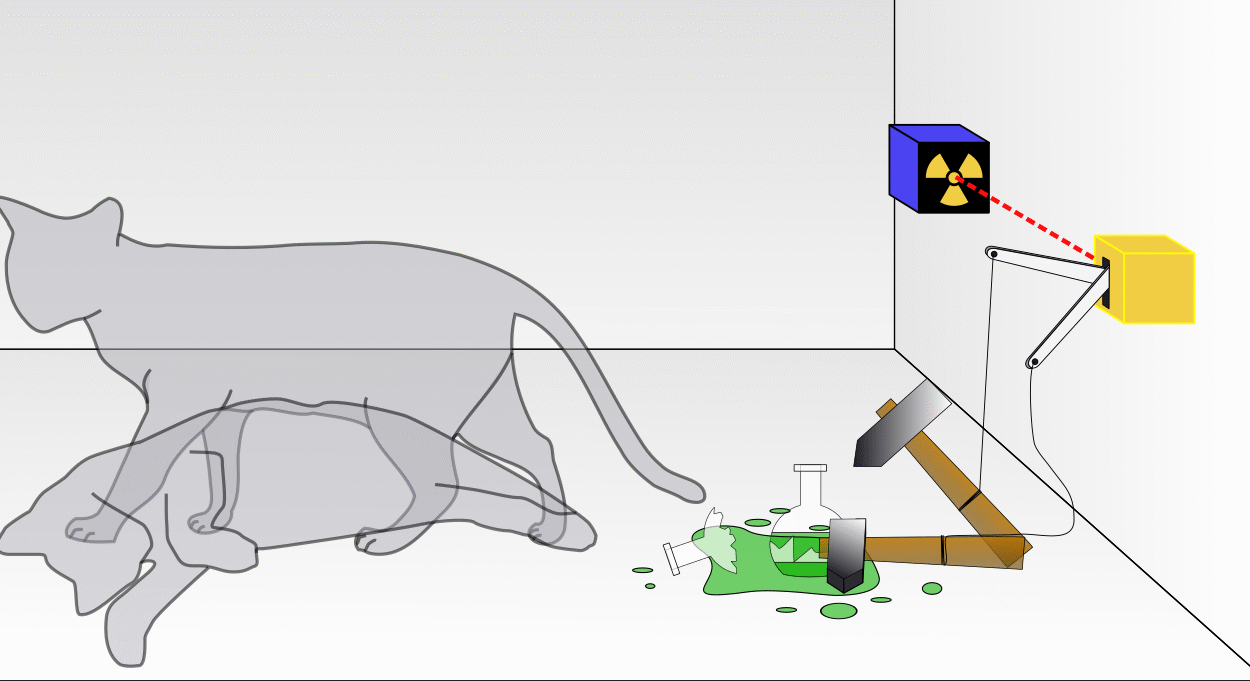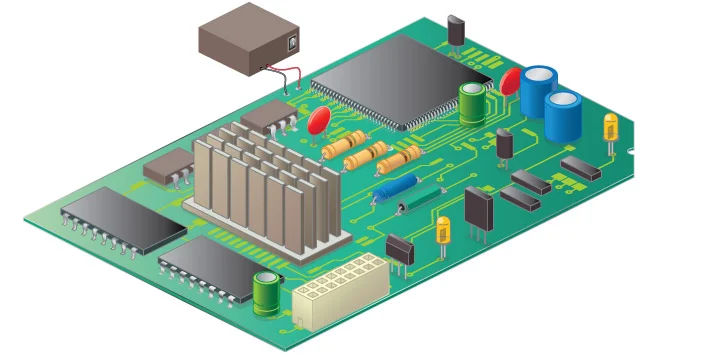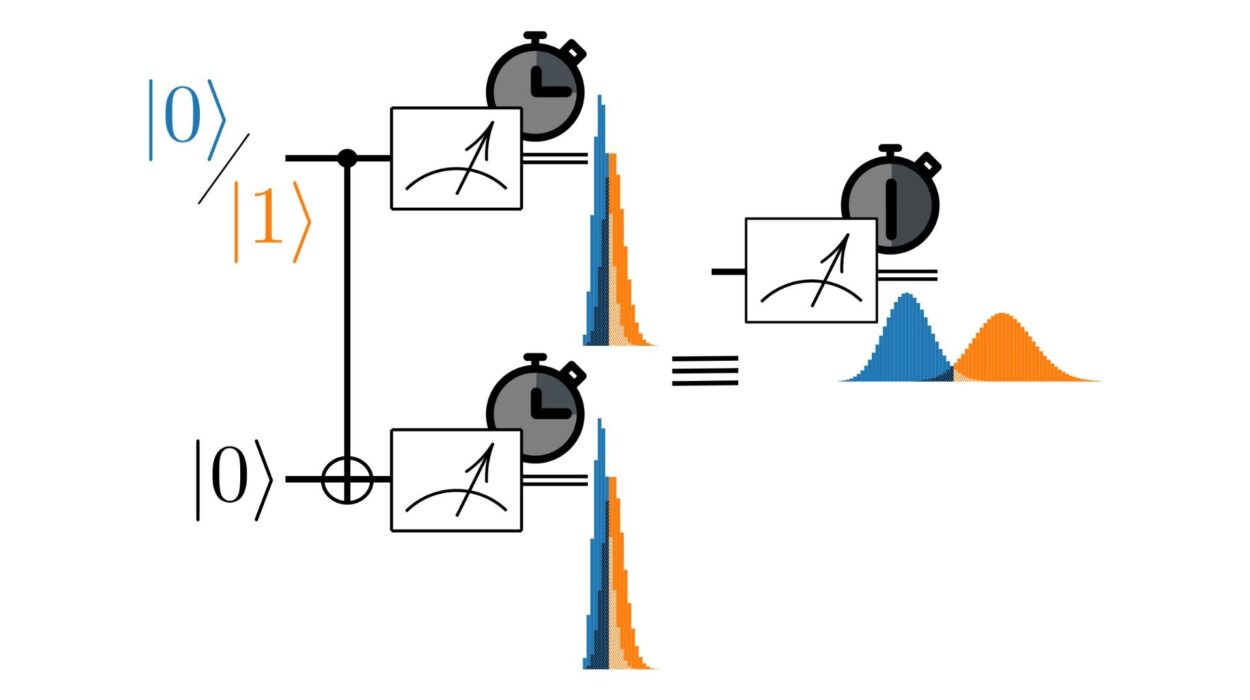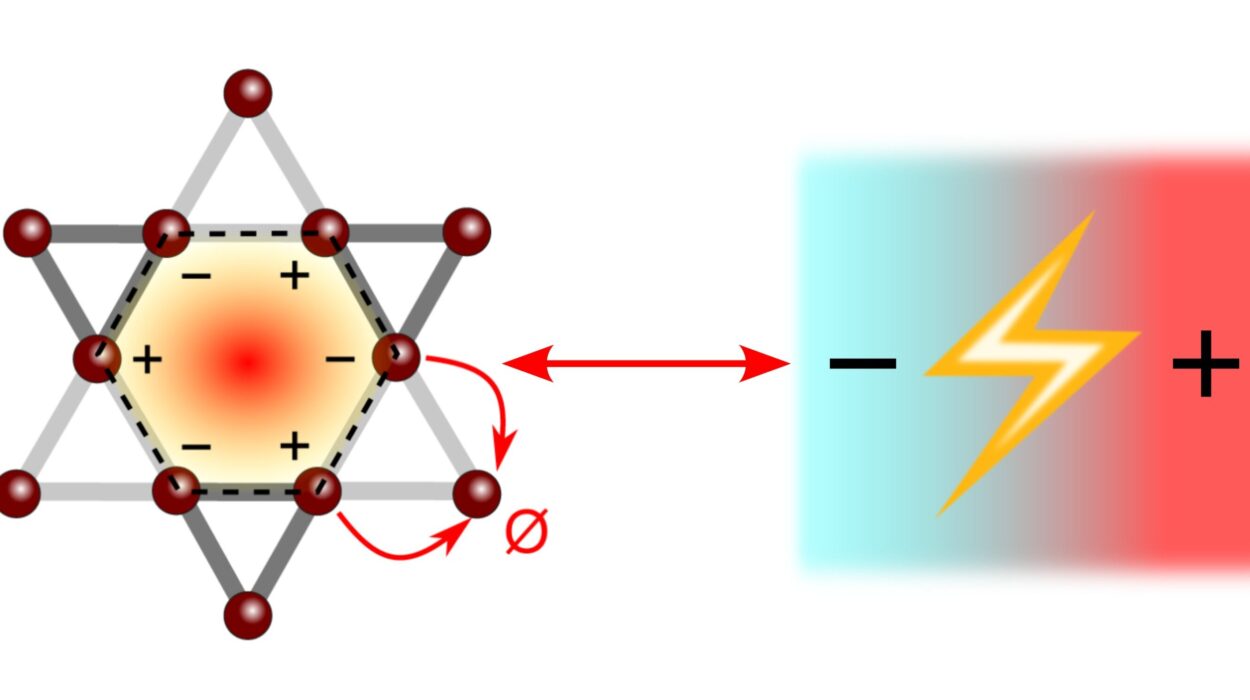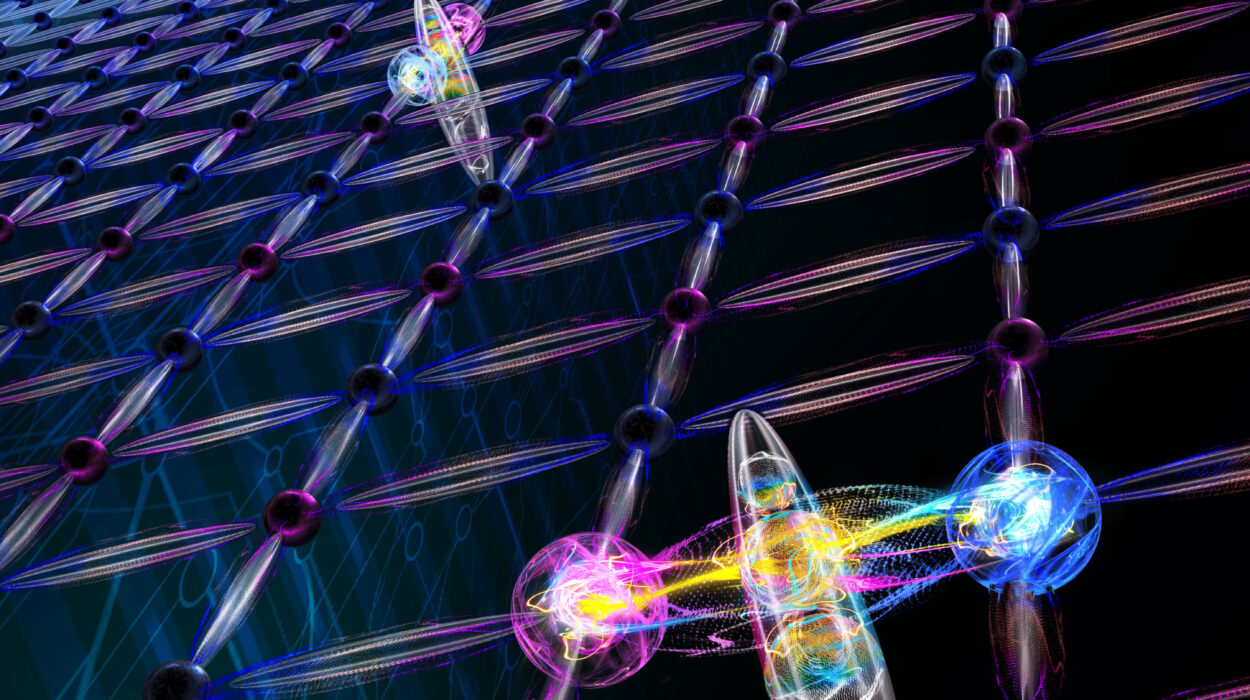Imagine a world where lasers can be embedded seamlessly into vehicles, operate at room temperature, and function at a wavelength that’s not just powerful but also safe for human eyes. This vision is becoming a reality, thanks to a pioneering team at The Grainger College of Engineering at the University of Illinois Urbana-Champaign.
In a groundbreaking study, researchers have reported the development of the first-ever photopumped lasing from a buried dielectric photonic-crystal surface-emitting laser (PCSEL). Published in the IEEE Photonics Journal, this achievement is set to redefine the way we think about lasers, offering not only performance breakthroughs but also opening new possibilities for defense applications and everyday technologies.
The Evolution of Lasers: From VCSELs to PCSELs
Lasers are no longer just a futuristic concept. They’re woven into the fabric of modern life, from the laser scanners in our smartphones to the complex laser systems used in autonomous vehicles. At the heart of many common applications are vertical-cavity surface-emitting lasers, or VCSELs—a technology that has been the focus of Kent Choquette’s lab for years.
As a professor of electrical and computer engineering, Choquette’s team has long studied VCSELs, which are efficient, compact, and widely used in products ranging from barcode scanners to optical communication systems. However, in early 2020, the lab took a leap into cutting-edge laser research. They became intrigued by a new class of lasers introduced by a Japanese team—the photonic-crystal surface-emitting lasers, or PCSELs.
PCSELs, a relatively new and innovative category of semiconductor lasers, hold the potential to revolutionize laser technology. Unlike traditional lasers, PCSELs incorporate a photonic crystal layer, which produces a highly focused beam with exceptional brightness and precision. This makes them particularly suitable for applications such as LiDAR (Light Detection and Ranging), a technology used in autonomous vehicles, remote sensing, and military operations for target tracking and mapping.
“We believe PCSELs will be extremely important in the future,” said Erin Raftery, a graduate student in electrical and computer engineering and the lead author of the study. “They just haven’t reached industrial maturity yet, and we wanted to contribute to that.”
Overcoming Challenges: The Buried Dielectric Innovation
However, as with any cutting-edge technology, PCSELs presented their own set of challenges. Traditional PCSELs use air holes embedded in the device to create the photonic crystal structure. But these air holes tend to deform when the surrounding semiconductor material grows back around them, which can lead to compromised performance and efficiency.
To overcome this challenge, the Illinois team made a critical breakthrough. Instead of using air holes, they embedded solid dielectric materials—specifically, silicon dioxide—inside the photonic crystal structure. This innovation ensured the structural integrity of the crystal during the growth process, allowing for a more stable and reliable laser design.
“The first time we tried to regrow the dielectric, we didn’t know if it was even possible,” Raftery said. “Ideally, for semiconductor growth, you want to maintain that very pure crystal structure all the way up from the base layer, which is difficult to achieve with an amorphous material like silicon dioxide. But we were actually able to grow laterally around the dielectric material and coalesce on top.”
This technique allowed the team to fabricate the first-ever photonic-crystal surface-emitting laser with buried dielectric features—a milestone that has never been achieved before.
A Laser for the Future: Implications for Technology and Defense
The implications of this research extend far beyond academia. The technology behind PCSELs could find its way into a wide range of applications in the coming years. Experts predict that in the next two decades, the new PCSEL design will be used in fields such as autonomous vehicles, laser cutting, welding, and even free-space communication systems.
What makes this particular laser design especially exciting is its room-temperature operation and its ability to emit at an eye-safe wavelength—two critical features for defense and civilian use. For instance, the laser’s compatibility with LiDAR technology makes it ideal for autonomous vehicles, which rely on laser sensors to “see” their surroundings. LiDAR could be crucial for safe navigation in complex environments, and the ability to use these lasers at room temperature and with minimal energy consumption could make them a game-changer.
Moreover, the laser’s eye-safe wavelength makes it suitable for use in various defense applications, such as battlefield mapping and target tracking, where safety is paramount.
A Team Effort: Collaboration and Future Goals
The breakthrough was not just a result of individual effort. It required the combined expertise of multiple research groups and institutions. In addition to the Illinois team, the work was made possible with the facilities and expertise provided by the Air Force Research Laboratory at Wright-Patterson Air Force Base.
“The combined expertise of Erin and members of the Minjoo Larry Lee group, as well as the facilities and expertise at the Air Force Research Laboratory, were necessary to accomplish this result,” Choquette said. “We look forward to diode PCSEL operation.”
Moving forward, the team plans to further improve their current design, adding electrical contacts to the device so that it can be plugged into a current source for power. This step will be crucial in advancing the technology from the lab to practical, real-world applications.
Beyond the Horizon: The Future of Lasers
The development of photonic-crystal surface-emitting lasers marks the beginning of a new era in laser technology. With applications ranging from defense to autonomous driving, the potential uses for these lasers are vast and varied.
As researchers continue to refine the design and overcome technical hurdles, the future for PCSELs looks bright. If this first breakthrough is any indication, we are on the cusp of a revolution in how lasers are used across industries—from consumer technology to national defense.
“PCSELs are still in their early stages, but this breakthrough is a significant step in making them a reality for industrial and military applications,” said Raftery. “We’re excited about the possibilities that lie ahead.”
For now, though, the team is celebrating this crucial achievement and looking forward to the future of photonics, where their work could one day shape the lasers of tomorrow.
Reference: E. M. Raftery et al, Photopumped Buried Dielectric Photonic-Crystal Surface-Emitting Lasers, IEEE Photonics Journal (2025). DOI: 10.1109/JPHOT.2025.3561087
